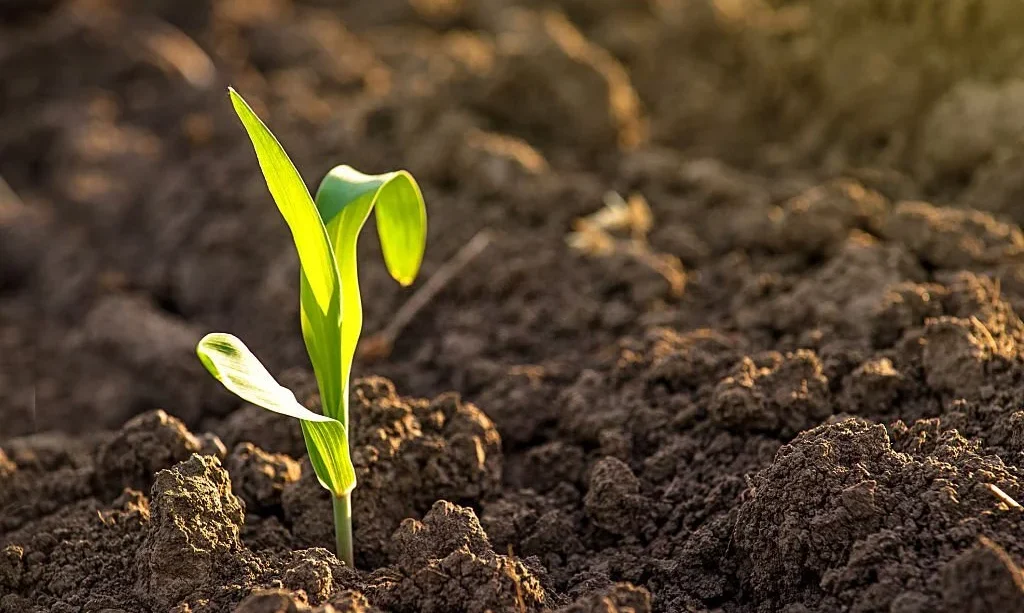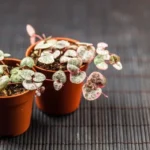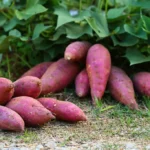Calling all green thumbs and fresh food enthusiasts! If you’re a fan of those tender, miniature ears of corn that come in your favorite Asian stir-fries or salads, why not try growing your own? That’s right! We’re talking about baby corn, a delightful garden project you might not have considered before. This guide will walk you through the fun and rewarding process of growing baby corn right in your backyard.
- GROW BABY CORN FOR EATING: 20 fresh seeds of Baby Japanese Corn. This is the corn on salads or as garnish on plates in the most exclusive restaurants. Bring it home and grow it yourself! Fun and easy
- RARE SEEDS: Dwarf baby corn seeds are hard to find.
- EASY TO GROW: Growing instructions included. This exotic garden vegetable is fun and easy to grow.
- CZ GRAIN GUARANTEE: We guarantee our seeds to be fresh and ready to plant. If you have any concern just reach out for a fast and easy solution.
Baby Corn
Before we dive into the how-to, let’s take a moment to appreciate the marvel that is baby corn.
- What is Baby Corn? Baby corn is just what it sounds like: young corn! These are corn ears harvested early while the plant is still immature. Because of this early harvest, the kernels are small, tender, and have a delightfully sweet and mild flavor.
- Isn’t it Just Tiny Regular Corn? Well, yes and no. While any corn variety can technically be harvested young to produce baby corn, some varieties are better suited to this purpose. The size, taste, and tenderness can differ based on the corn variety and the exact time of harvest.
- The Importance of Timing: Unlike mature corn that’s harvested when the ears are full and the silks are dry, baby corn is harvested just after the silks emerge from the ear but before pollination. Timing is crucial, as waiting too long can result in tougher, less tender ears.
Now that we’re a bit more familiar with our garden project, let’s look at how to choose the right variety of corn for growing baby corn.
Choosing the Right Variety
So, which corn should you plant for baby corn? Let’s figure it out.
- Exploring Varieties: Although you can harvest any corn variety early for baby corn, some types excel in this role. Varieties like ‘Chires Baby,’ ‘Bonus,’ and ‘Early Xtra Sweet’ are often recommended for their taste and tenderness.
- Match Your Garden: When selecting a variety, think about your garden’s conditions. Some corn types prefer cooler conditions, while others need a good deal of heat. Choose a variety that fits with your local climate and the conditions in your garden.
Preparing Your Garden
With your corn variety selected, it’s time to prep the garden!
- Soil Conditions: Corn plants love warm, well-drained soil rich in organic matter. Before planting, enrich your soil with plenty of compost or well-rotted manure to give your baby corn a nutrient-rich start.
- Garden Prep: Get your soil ready by tilling or turning it to a depth of about 12 inches. This loosens the soil, making it easier for the corn’s roots to grow. Once tilled, smooth the surface and you’re ready for planting.
Remember, a well-prepared garden sets the stage for a successful crop. So take the time to prepare your soil properly. Up next, we’ll tackle the planting process.
- Coco Coir Growing Medium: This low EC, PH balanced biodegradable soil is made from crude fiber extracted from the husk on coconut husks, 100% natural organic and sustainable, a traditional soil alternative, it can take your gardening and planting efforts to a new level; 4 Pack, each brick is: 8 x 4 x 2 inches, weight 1.4 lb
- EASY To Use and Store: Coco coir brick is compact and lightweight after compression, you can use these in conjunction with other putting soil, easier to store than bags of potting soil; It will expand rapidly after adding water, then you can plant the plants, flowers, vegetables or herbs, creating a stronger foundation for growing seedlings
- Optimal Aeration and Drainage: The spongy nature of coconut fiber can absorb enough water to make the soil very fluffy when it expands, helping plants absorb water more efficiently, and holds just enough moisture while letting excess out, ideal for thicker plant bases; The coco coir remains in use for a long time and can be reused indefinitely
- Increase Healthy Root Growth: Coconut fiber is light and airy, providing vital oxygen to plant roots; Our coconut soil will keep your plants moist in hot, dry conditions; Can achieve stronger plant growth and healthier root system; Help your plants grow stronger at the root by starting them off with our coco coir potting soil
- Wide Application: Suitable for all gardening applications, potted plants, grow microgreens, container gardens, raised garden beds, indoor plants, flowers, vegetables, herbs; Also suitable for bedding of various reptiles, it worked great for making organic compust; Tips: When mixing with water to hydrate make sure to start out slowly so you achieve the consistency you want
Planting Baby Corn
Now that your soil is prepped and ready, let’s get those seeds in the ground!
- Sowing the Seeds: Plant your baby corn seeds about 1 to 1.5 inches deep. Place the seeds about 4 inches apart in the row, with rows approximately 30 inches apart.
- Watering: After planting, give your seeds a good soaking. Water is a crucial ingredient in the recipe for baby corn success!
Caring for Baby Corn Plants
Planting is just the first step. Here’s how to care for your baby corn as it grows.
- Watering: Baby corn needs regular watering. Aim to keep the soil consistently moist but not waterlogged.
- Weeding and Pest Management: Keep an eye out for weeds and pests. Weeds can be removed manually or with a hoe, but be careful not to damage your corn plants. As for pests, like corn earworm, consider natural deterrents or insecticides if needed.
- Harvest Time: Remember, the key to baby corn is early harvest. Once the silks have just emerged, but before pollination, it’s time to harvest. For most varieties, this will be about 1 to 2 days after the silks first appear.
Conclusion
Growing your own baby corn can be a fun and rewarding experience. From choosing the right variety to watching the first silks emerge, each step brings you closer to the sweet, tender crunch of homegrown baby corn. So why not give it a try? With this guide in hand, you’re ready to bring the joy of baby corn from the garden to your table.





